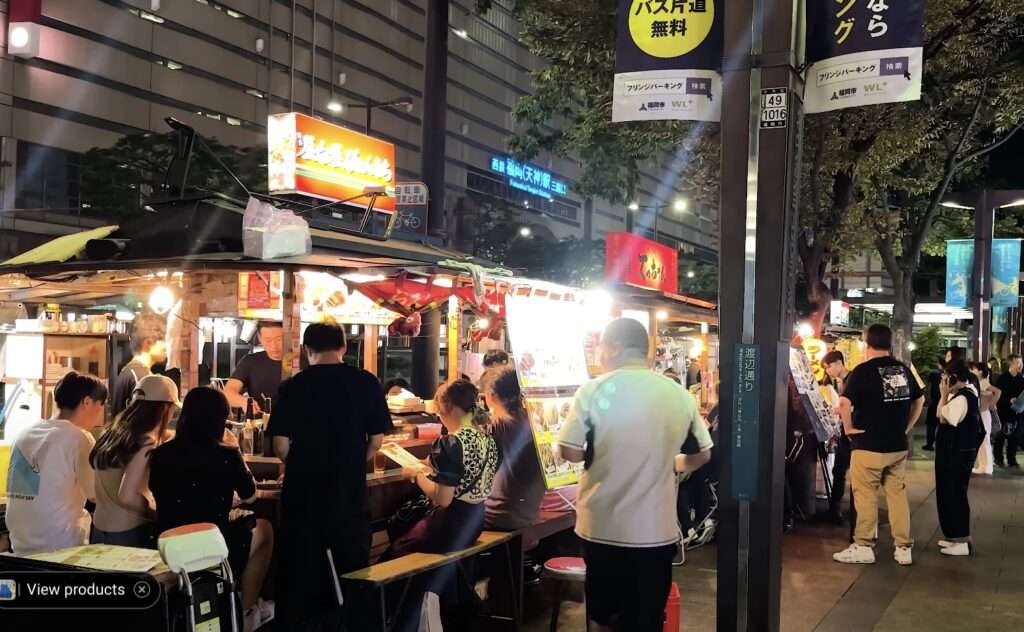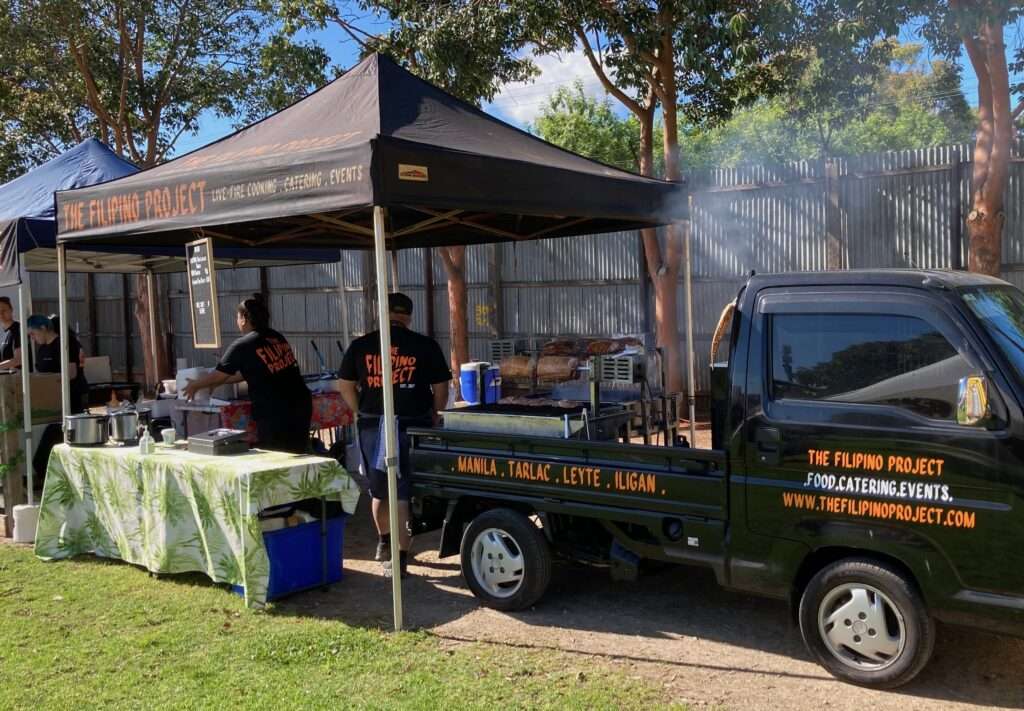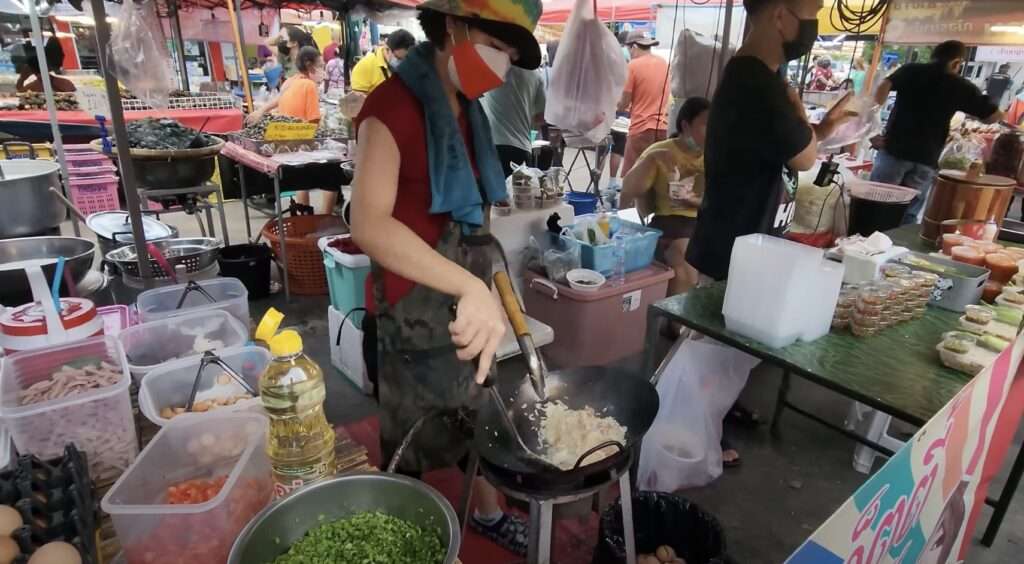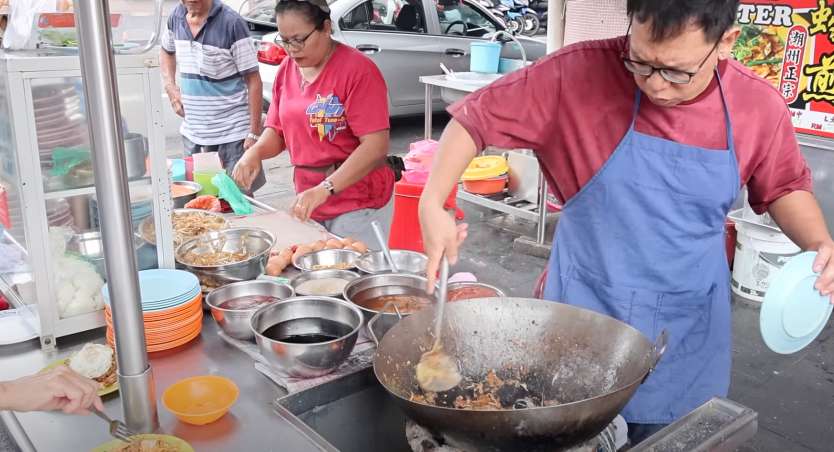Street food the way it appeals to society has changed.
It did not appeal to all of society then, it did not make the food content media. Nobody did food reviews of street food vendors in a big way until a decade or two ago.
Street food around the World is now a thing of interest to nearly everyone. You see city planners, town councils and the private sector making space for them in big cities in developed countries. Especially during weekends to pull in the crowd and revive inner city living.
Both locals and tourists are keen to explore and sample the food. Some vendors have achieved celebrity status both in mainstream and social media. And there are frequent reviews in both mainstream and social media. YouTube has hundreds of content providers covering this genre and they have millions of followers. So what changed?
It’s quite an interesting journey. Many believed as the World develops, street food would vanish. It is no longer the case. And many fall now in the “comfort food” genre.

I suppose the starting point for this discussion would be the 1970s. This was the time when much of the developed World moved away from itinerant street vendors.
Introduction of food safety regulation and hawking laws played a significant part. The last remaining street side vendors were news agencies kiosks selling the newspapers and magazine but not food.
It was not the case in the 3rd World. Itinerant hawkers are still present in numbers with some changes. Permits are now required and limited to certain areas of the city and towns.

For these hawkers, it was the only source of income and support for the family. And in many cases, family members helped including children.
It fed day-workers who could not afford cafe or restaurant meals. They depended on street vendors for affordable meals during their lunch break. Both the hawker and customer needed each other and city hall understood the equation.
Cheap does not mean bland
Cheap street food does not mean less than tasty with minimal ingredients and small portions.

These vendors had to compete amongst themselves to attract and retain customers. Over time they made a name for themselves and there is pride to retain that hard earned reputation. Beside being tasty, food quality in most cases are good and some have become well known and iconic in their location.
Bali
I recall my first visit to Bali over 3 decades ago. My wife and I walked out of our beachside hotel with the idea of exploring the night street vendors. Besides clothes and other knick knacks, there was a variety of local food.
Food in Bali is good and very affordable in cafe, restaurants and in hotels. So there was no financial reason to look for street food.
As we walked down the rows of night stalls, we realised the food looked different as well as tempting. We caved in and ordered Indonesian fried noodles (mee goreng). We enjoyed it and it cost less than a tenth of what we would have paid in a hotel.

From that night onwards, we would try these street selection as a supper treat. We began to do the same when we visited other countries.
Some countries we could not do it as the hygiene standards on sight was less than acceptable.
Some food are not street food
Australia like some developed countries does not have traditional street vendors due to public health and municipal laws.


The closest version of Australian street food is out of food trucks, park kiosk, farmer’s market, fairs, weekend bazaars or at an event or festival. Almost all weekend or event driven affairs.
Street food in Australia is more finger and fast food such as chips, sausages, burgers, yiros to popular ethnic takeaways such as fried rice, noodles, dumplings, samosas, rice with meat curry etc.
Every one of these food are easily available in malls and cafes.
Adelaide did once have proper street food and peculiar to that city – the pie floater. Now regarded as a South Australian Heritage icon.


The towed pie carts would come late in the evening, occupy sites in the city centre catering mainly to theatre goers.
The last surviving pie cart outside Adelaide General Post Office closed down in 2010. An end to traditional street food.
Classic street food
If I had to pick a country to showcase where actual street vendors and their food stands out, it has to be Thailand. As a region, South East Asia takes the prize. Often mentioned by backpackers from the West on their travel blogs who are on a budget and yet find good value for taste and quality.

Thai street vendors are patronised by nearly everyone. You can see the well heeled office crowd as well as the night crowd thronging these stalls. At night, for families , street food is an occasional treat. Amazingly these dishes cost around 2 to 3 AUD
The original street stalls were started by Chinese migrant coolies who came over in the late 19th century to cater for their fellow countrymen. Explains why Thai street food culture is heavily based on Chinese cuisine, now with distinct Thai taste. The scent of lemongrass is everywhere.

Noodles are prominent. The variety is wide. One distinction compared to other countries is that fruits are big in Thailand. Stalls selling cut fruits are served in bite sized pieces, easy to snack. Fried meat snacks on skewers are growing in popularity.
To many it is soul food. Nothing ostentatious, prepared by those making ends meet over long hours.
It should be mentioned that many of these dishes are not part of home food or even found in F&B outlets. The latter would avoid having them in their menu as it would be hard to convince customers the price differential and as well as the taste.
Trends and the future.
One interesting trait that I noticed is the trend when people relocate to another country. They do a list of popular street stalls in their home country to patronise prior to departure. They know they will miss out when they leave.
These food would not be available in the destination country. Also aware of expats who do the same when they leave to go back home to their country after a work stint in a foreign country.


Goes to show that street food have become part of the cultural culinary DNA of a country.
We are beginning to appreciate them and it’s all good. London is one developed city where street food has come back.
Camden and Borough markets as well as Notting Hill Carnival food stalls probably made many realise certain things are too good to give up. There is also a desire to preserve these food as part of a nation’s heritage.
